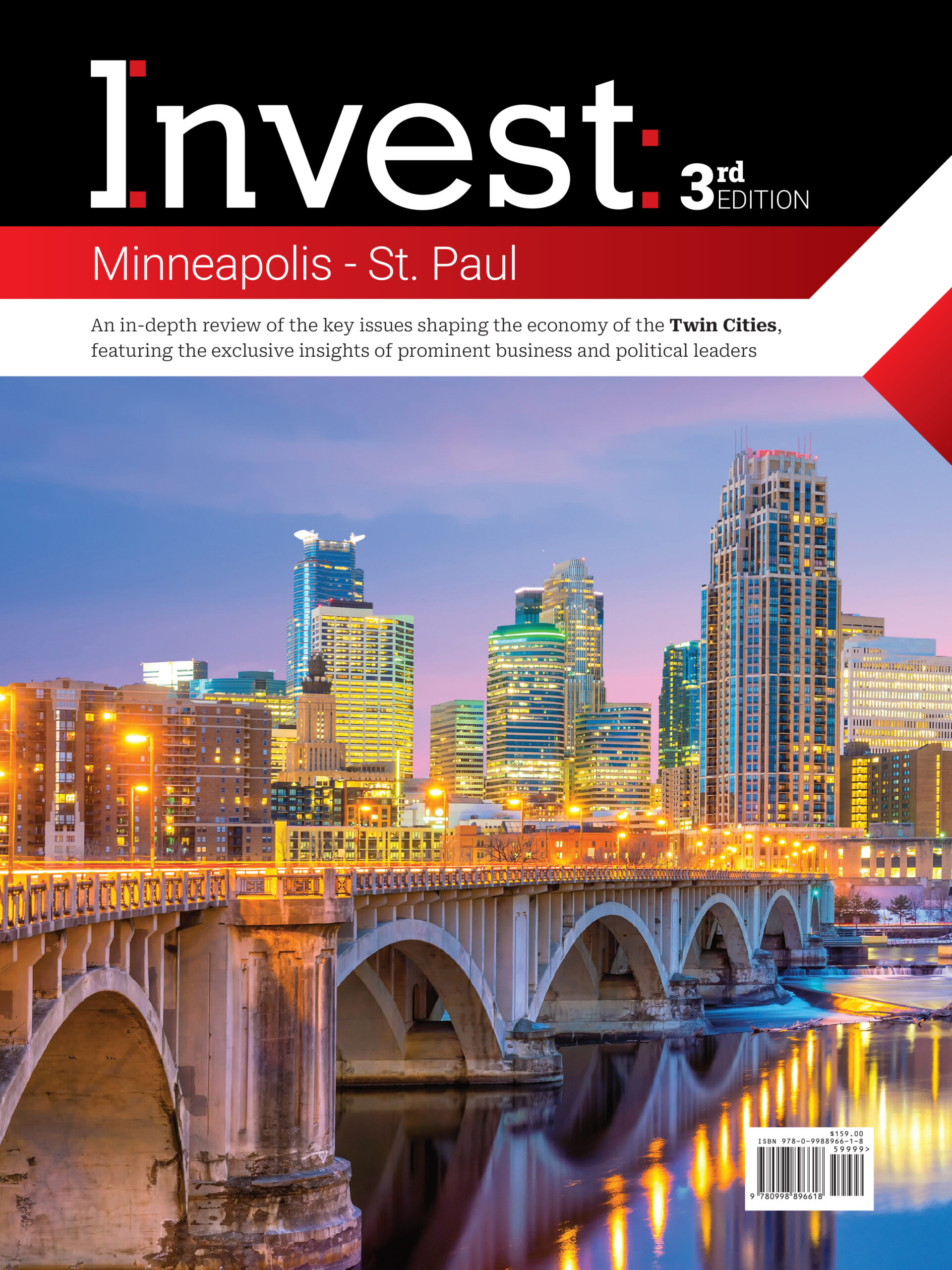Face off: Student loan forgiveness debate puts spotlight back on higher ed
Writer: Jerrica DuBois
 July 2023 — With the Supreme Court blocking President Biden’s student loan forgiveness plan last week, higher education, and its costs, are back on the national stage. While the original plan is dead, President Biden developed a separate student loan repayment plan called SAVE to help provide relief to those in financial need. Pending approval of the new repayment plan, the estimated cost for the new repayment plan is $156 billion over the next 10 years.
July 2023 — With the Supreme Court blocking President Biden’s student loan forgiveness plan last week, higher education, and its costs, are back on the national stage. While the original plan is dead, President Biden developed a separate student loan repayment plan called SAVE to help provide relief to those in financial need. Pending approval of the new repayment plan, the estimated cost for the new repayment plan is $156 billion over the next 10 years.
Locally, leaders in the industry continue to innovate to keep higher education accessible and affordable for students. Invest: sat down with R. Gerald Turner, president of Southern Methodist University, and Jennifer Cowley, President of The University of Texas at Arlington, who shared their views on the state of higher education, funding, skills that are in demand, and catering the needs of students as well as local businesses.
What is your overview of the state of higher education in North Texas and what opportunity does that present for the university?
 R. Gerald Turner: In North Texas, the education sector is booming, partially fueled by companies moving in from all over the country. It’s a prosperous time for us and a significant portion of our student population, about 60%, comes from out of state. Moreover, around two-thirds to three-quarters of these out-of-state students choose to stay in Dallas after graduation. Therefore, having good universities in North Texas is crucial. Typically, major cities have both a reputable public university and a prestigious private university. In our case, the University of Texas at Dallas (UTD) and SMU fulfill those roles, with University of North Texas (UNT) and UT Arlington also playing important roles in the region. Currently, we have around 16,000 undergraduate applications for approximately 1,600 positions, highlighting the demand for higher education. Despite this, we believe there are even more opportunities available to us than we are able to seize. The desire to engage with higher-education institutions is particularly strong at the moment.
R. Gerald Turner: In North Texas, the education sector is booming, partially fueled by companies moving in from all over the country. It’s a prosperous time for us and a significant portion of our student population, about 60%, comes from out of state. Moreover, around two-thirds to three-quarters of these out-of-state students choose to stay in Dallas after graduation. Therefore, having good universities in North Texas is crucial. Typically, major cities have both a reputable public university and a prestigious private university. In our case, the University of Texas at Dallas (UTD) and SMU fulfill those roles, with University of North Texas (UNT) and UT Arlington also playing important roles in the region. Currently, we have around 16,000 undergraduate applications for approximately 1,600 positions, highlighting the demand for higher education. Despite this, we believe there are even more opportunities available to us than we are able to seize. The desire to engage with higher-education institutions is particularly strong at the moment.

Jennifer Cowley: We are in the midst of our strategic planning efforts, so we have gotten thousands of our community members engaged in the strategic planning process. We had a wonderful meeting with some of our students to learn about their aspirations and what they hope to see UTA become. We and the community are talking about ways that we want to create an impact at our university knowing that we want to focus on our students and the ways that we help them thrive and succeed. We want to focus on our partnerships in the community, and make sure that we’re a place-centered institution that focuses on serving the communities of North Texas and beyond. We embrace people and culture and make sure that we’re creating a wonderful place to develop talent and serve our region.
How is SMU adding value to continuing education when many students are evaluating if it is worth their time and money?
Turner: Scholarships play a vital role in supporting our students, particularly those who qualify for need based Pell Grants. We are actively promoting gifts for these scholarships in our campaign to encourage funding support. On average, our undergraduate students have a debt of less than $20,000, which applies to 28% of our graduating seniors. This means that most of our students graduate without debt, giving them a significant advantage as they start their careers. While we cannot guarantee debt-free education for everyone, we strive to make it a reality for as many students as possible.
How has research contributed to the university, not only in terms of funding, but also in terms of outcomes and cementing yourself as a leader in that realm for the region?
Cowley: Being a top research university is something that we embrace. We do research for all kinds of different organizations. For example, we’ve partnered with a local company that’s working to build autonomous blimps and to build control systems that will help support those vehicles. There are all kinds of partnership opportunities. The research we want to do is creating an impact on our region and state. We recently got a $10 million grant from the US Department of Transportation to focus on more sustainable concrete materials so that we can absorb some of the greenhouse gasses that are being emitted from our vehicles. Those advanced materials are only possible because of the innovation and research happening here at UTA.
What are some professional skills that are most in demand right now and how is SMU programming accordingly?
Turner: One of the exciting initiatives we have underway is the establishment of a new Data Analytics Institute. This institute will offer three degrees across different colleges, including business, engineering and math. It emphasizes the applied use of math in the field of data analytics. We reflect the feedback we receive from businesses in our programming. This allows us to stay aligned with industry needs and provide relevant education and training. Our focus is not limited to data analytics alone. We are also rapidly advancing in the field of artificial intelligence, particularly in our engineering school. We have a dedicated NVIDIA DGX SuperPOD in our university data center that supports our AI research and enables individuals to receive comprehensive training and education in AI.
How is the university working to cater to the needs of both the student body and local employers in the region?
Cowley: We have a very large division that works on supporting micro-credentials, which service employers throughout the region. We work in a wide variety of areas, for example, in artificial intelligence and cybersecurity as well as environmental health and safety. We also offer opportunities for students to power up and gain additional skills and micro-credentials that add to the value of their degree. We’ve seen some of our first students complete those micro-credentials recently. We’re always listening to our regional employers and reaching out to them. We want to make sure they are successful and that we’re developing the talent that industry needs. We have more than a thousand engineering graduates yearly who are quickly scooped up into the marketplace, and that’s why we’re developing new degree programs. For example, we’re opening a new resource and energy engineering bachelor’s degree, will be the first of its kind in the U.S. and prepare students to apply engineering principles to the design, development and operational evaluation of energy generation, storage, conversion and distribution systems.
For more information, visit:














